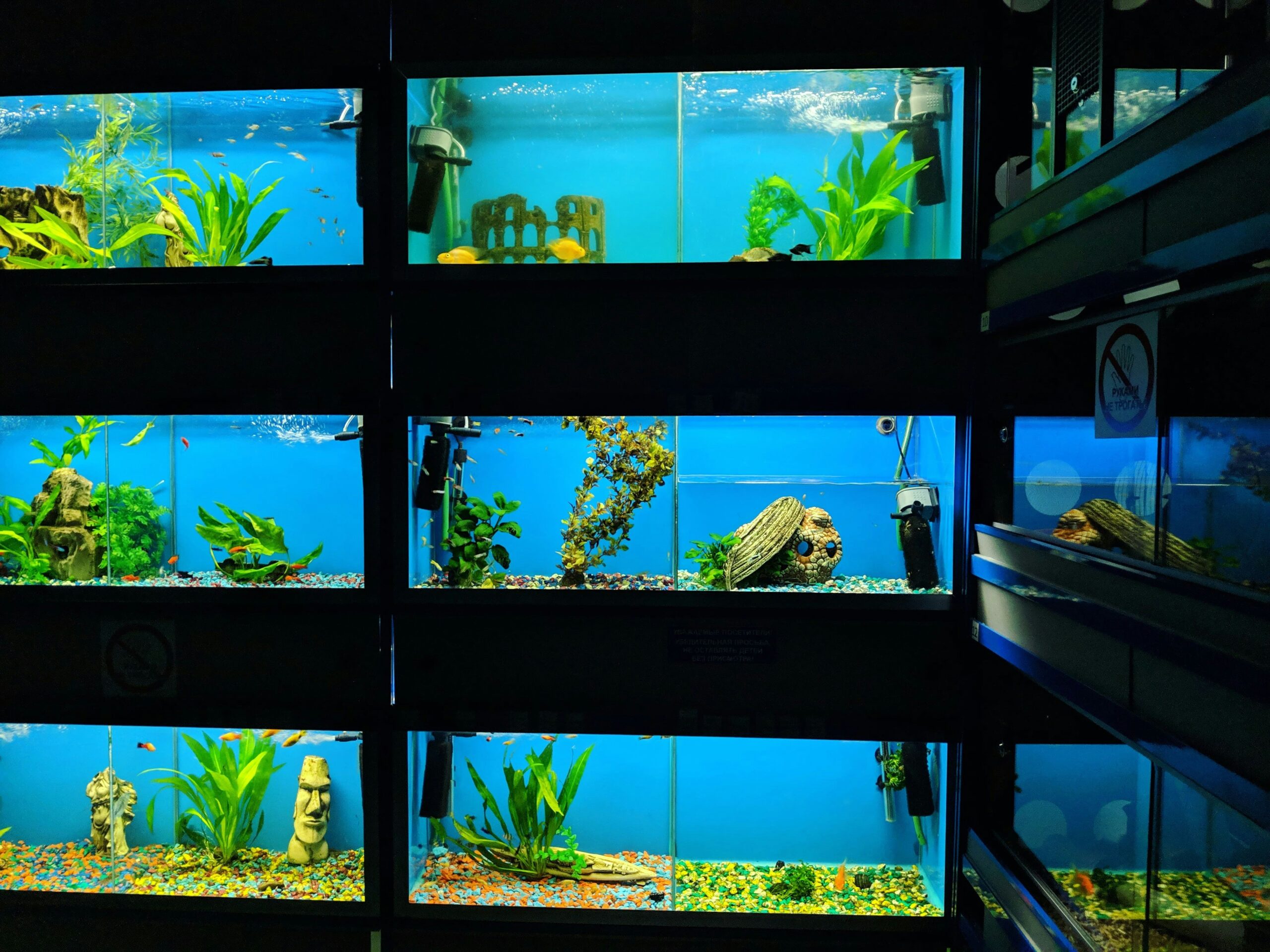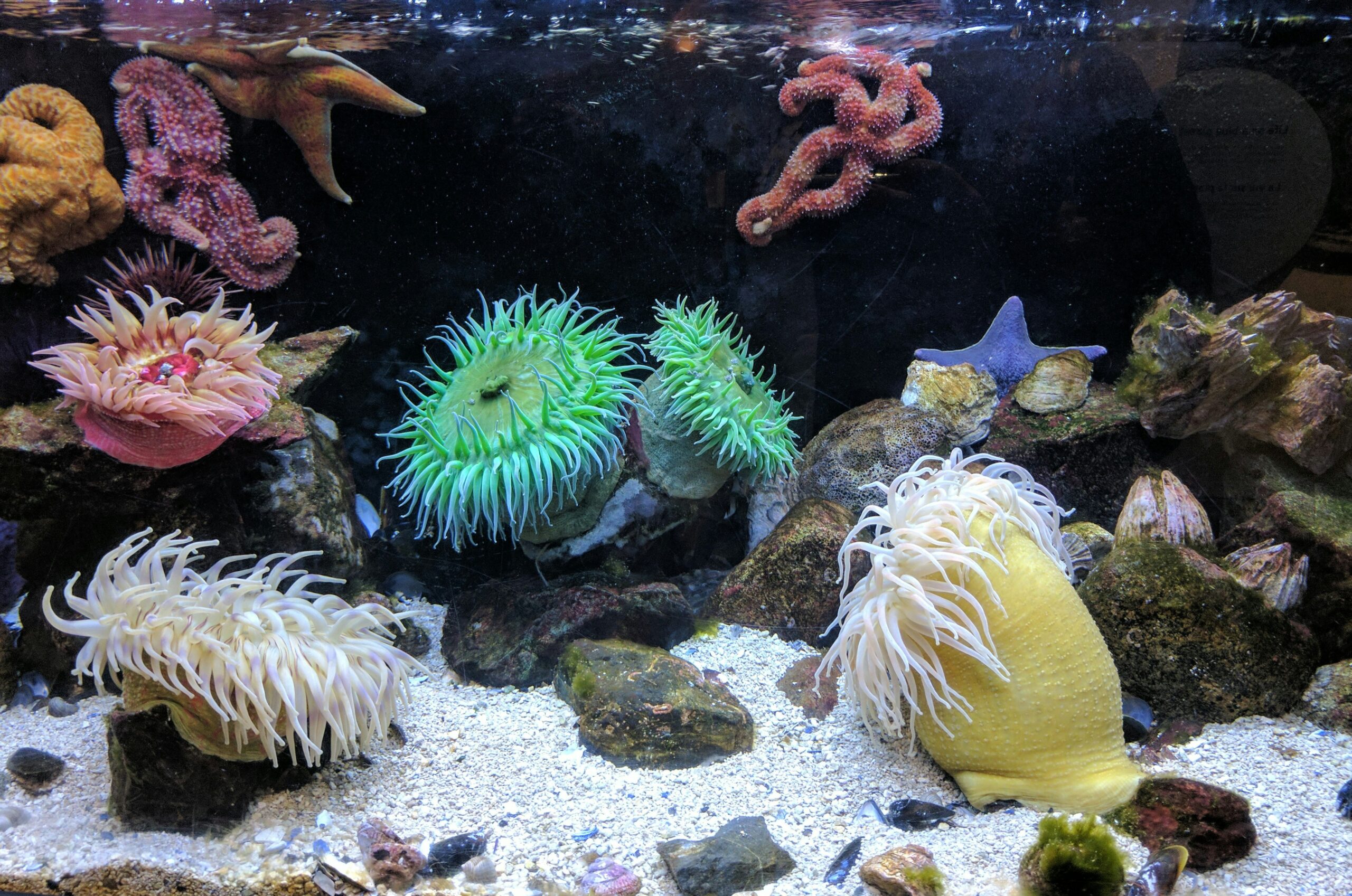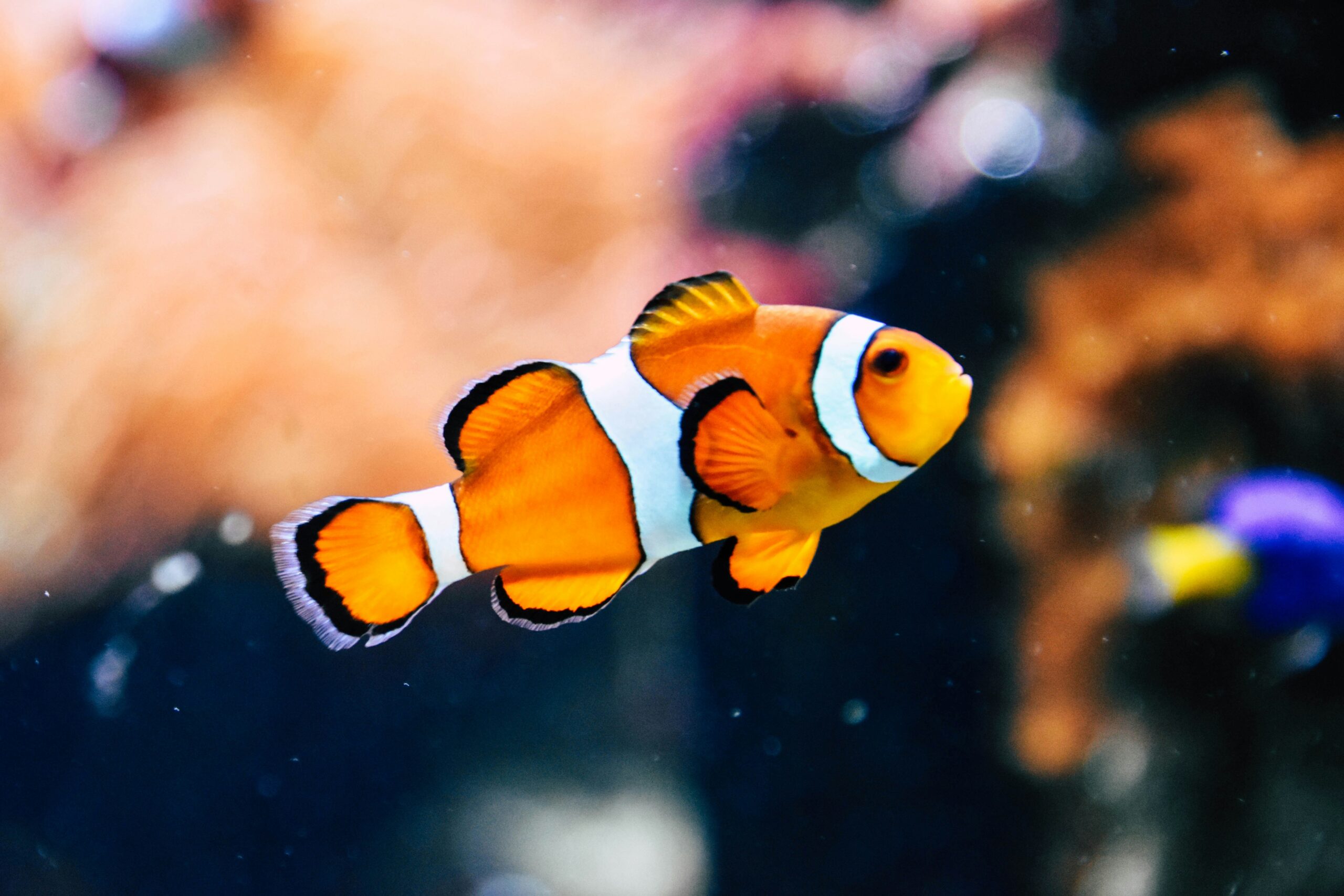Keeping an aquarium clean is one of the most important parts of maintaining a healthy environment for your fish. A clean tank doesn’t just look beautiful — it keeps your fish happy, reduces stress, and prevents dangerous diseases.
If you’re new to aquarium care, cleaning might seem complicated, but with the right steps, it’s easy and rewarding. Here’s a complete guide on how to clean an aquarium safely and effectively — without harming your fish or beneficial bacteria.
1. Know Why Regular Cleaning Matters
Aquariums are small ecosystems. Over time, fish waste, uneaten food, and plant debris can build up in the water. This leads to:
- Cloudy water
- Bad odors
- Algae growth
- Harmful ammonia and nitrate levels
A clean tank helps keep the water clear, oxygen levels stable, and fish healthy. Most aquariums need partial cleaning every 1–2 weeks, depending on their size and number of fish.
2. Prepare Your Cleaning Supplies
Before you start, gather everything you’ll need:
- A bucket (used only for aquarium cleaning — never use household buckets with chemicals)
- Gravel vacuum or siphon
- Algae scraper or sponge
- Water conditioner (to remove chlorine from tap water)
- Soft cloth or paper towels
- Optional: Aquarium-safe glass cleaner
Having these tools ready helps you clean faster and prevents stress for your fish.
3. Unplug Equipment and Keep Fish Safe
Before cleaning, turn off the heater, filter, and lights to avoid accidents.
If your tank is very dirty, or you’re doing a deep clean, you can gently move your fish into a smaller temporary tank using the same aquarium water. But for regular cleaning, you can leave the fish inside — just be gentle and avoid sudden movements.
4. Clean the Inside Glass
Start by cleaning the inside walls of your aquarium. Use an algae scraper or magnetic cleaner to remove algae buildup.
Avoid using sponges or cloths from your kitchen — they may contain soap or chemicals that are toxic to fish.
If you notice stubborn spots (like green or brown algae), gently scrub them with a dedicated aquarium pad.
5. Siphon and Change the Water
Next, it’s time to remove dirty water using a gravel vacuum or siphon.
- Place one end of the siphon in the aquarium and the other end in your bucket.
- Move the vacuum through the gravel to suck up debris and uneaten food.
You don’t need to change all the water — only 20–30% at a time. This keeps good bacteria in the tank, which are essential for healthy fish.
When you add new water, make sure:
- It’s room temperature (similar to your tank’s water).
- You treat it with a water conditioner to remove chlorine or chloramine.
Pour the fresh water slowly to avoid stressing your fish.
6. Clean Decorations and Plants
Remove any artificial decorations or rocks and rinse them under warm water.
If they’re covered in algae, scrub them gently with an old toothbrush. Never use soap or detergents — even a tiny amount can harm your fish.
For live plants, just trim dead leaves and rinse them lightly.
7. Rinse or Replace the Filter (Carefully)
Your filter is like the “lungs” of your aquarium — it keeps the water clean and full of oxygen. However, it also houses beneficial bacteria that your fish need.
Never clean the filter with tap water! Instead:
- Rinse the filter sponge or cartridge in old aquarium water (the one you removed).
- If the cartridge is too dirty or falling apart, replace it — but not all filters at once, or you’ll lose too much good bacteria.
8. Wipe the Outside of the Tank
Once the inside is clean, wipe the outside glass with a soft cloth or paper towel.
You can use an aquarium-safe glass cleaner or just a bit of vinegar and water (but don’t spray it directly near the tank to avoid contamination).
9. Turn Everything Back On
Plug the filter, heater, and lights back in. Check that everything is working properly and the water temperature is stable. Your fish may hide for a little while after cleaning, but they’ll quickly return to normal behavior.
10. Establish a Regular Cleaning Schedule
The best way to keep your aquarium healthy is with consistent maintenance.
Here’s a simple routine:
- Daily: Check fish behavior and remove uneaten food.
- Weekly: Change 20–30% of the water, clean glass, and vacuum gravel.
- Monthly: Rinse the filter and decorations if needed.
Keeping a journal or reminder on your phone helps you stay on track.



